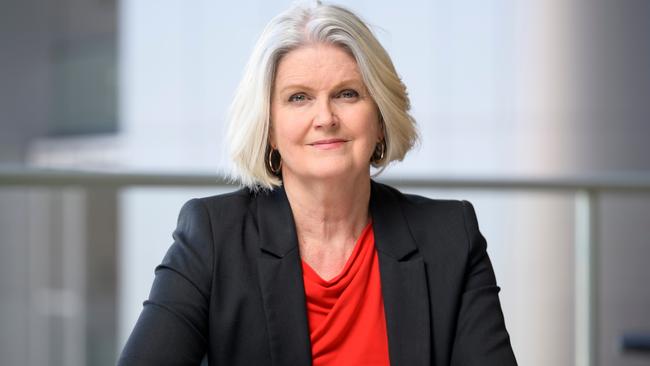ACOSS: ‘Blunt tool’ of interest rate rises hurting the nation’s poor
Australian Council of Social Service chief executive Cassandra Goldie argues the ‘blunt instrument” of rate hikes is ‘disproportionately hurting the nation’s most vulnerable.

The RBA risks condemning hundreds of thousands more Australians to the unemployment queue and pushing more families into poverty if it continues to increase interest rates, the nation’s leading welfare advocacy group warns.
The Australian Council of Social Service says the government should not rely on the “blunt tool” of interest rate rises to tackle the current high inflation, and instead look to other levers such as finding ways to cut the cost of rent, energy and medicine.
Speaking ahead of the Reserve Bank of Australia’s monthly meeting on Tuesday, ACOSS chief executive Cassandra Goldie said that with signs of inflation stabilising and employment slowing, the RBA must pause on further rate hikes to reduce the likelihood of a harsh economic downturn.
“High inflation is a serious challenge for people on low incomes who are already struggling to afford basic necessities such as food and shelter,” Dr Goldie told The Australian. “But hiking up interest rates risks driving up unemployment, making it even harder for those seeking paid work hours.
“Given the effects of last year’s rapid and substantial interest rate hikes are yet to be fully felt, now is the time for the RBA to pause and take stock.”
Despite ACOSS’s plea, economic forecasters have baked in a 25 basis point increase by the RBA on Tuesday, which would take the cash rate to 3.35 per cent, higher than it has been in a decade.

They say that with inflation reaching a 33-year high of 7.8 per cent in the December quarter, a long way from the RBA’s target of between 2 and 3 per cent, with unemployment remaining low and with most households coping with higher costs, consumers should expect further interventions beyond Tuesday.
Westpac and ANZ forecast the cash rate will peak at 3.85 per cent some time this year, while NAB expects it to top out at 3.6 per cent. Others, such as Deutsche Bank, believe it may crest above 4 per cent.
The cash rate has soared since the economy began emerging from the Covid pandemic, rising by 325 basis points from 0.1 per cent last May. This equates to an additional $10,900 in home loan repayments on a $500,000 mortgage. There are some signs the rate rises are starting to bite, with retail sales in December experiencing a greater than expected 3.9 per cent fall.
Dr Goldie said the impacts of interest rate rises took 12-18 months to flow through the economy, and there were recent indications that inflation was stabilising and employment slowing, including higher rates of underemployment in December. She said the working poor and the unemployed were hard hit by interest rate rises.
“There are still more than 500,000 people on unemployment payments for more than a year,” Dr Goldie said. “They are people who are overlooked by employers even now because of their age, disability, or caring responsibilities. They should be given a chance to find employment, not thrown back to the end of a longer job queue.
“Wages aren’t covering the essentials for many in our community right now, but the situation is much more dire for those without wages who are relying on income support,” she said.








To join the conversation, please log in. Don't have an account? Register
Join the conversation, you are commenting as Logout